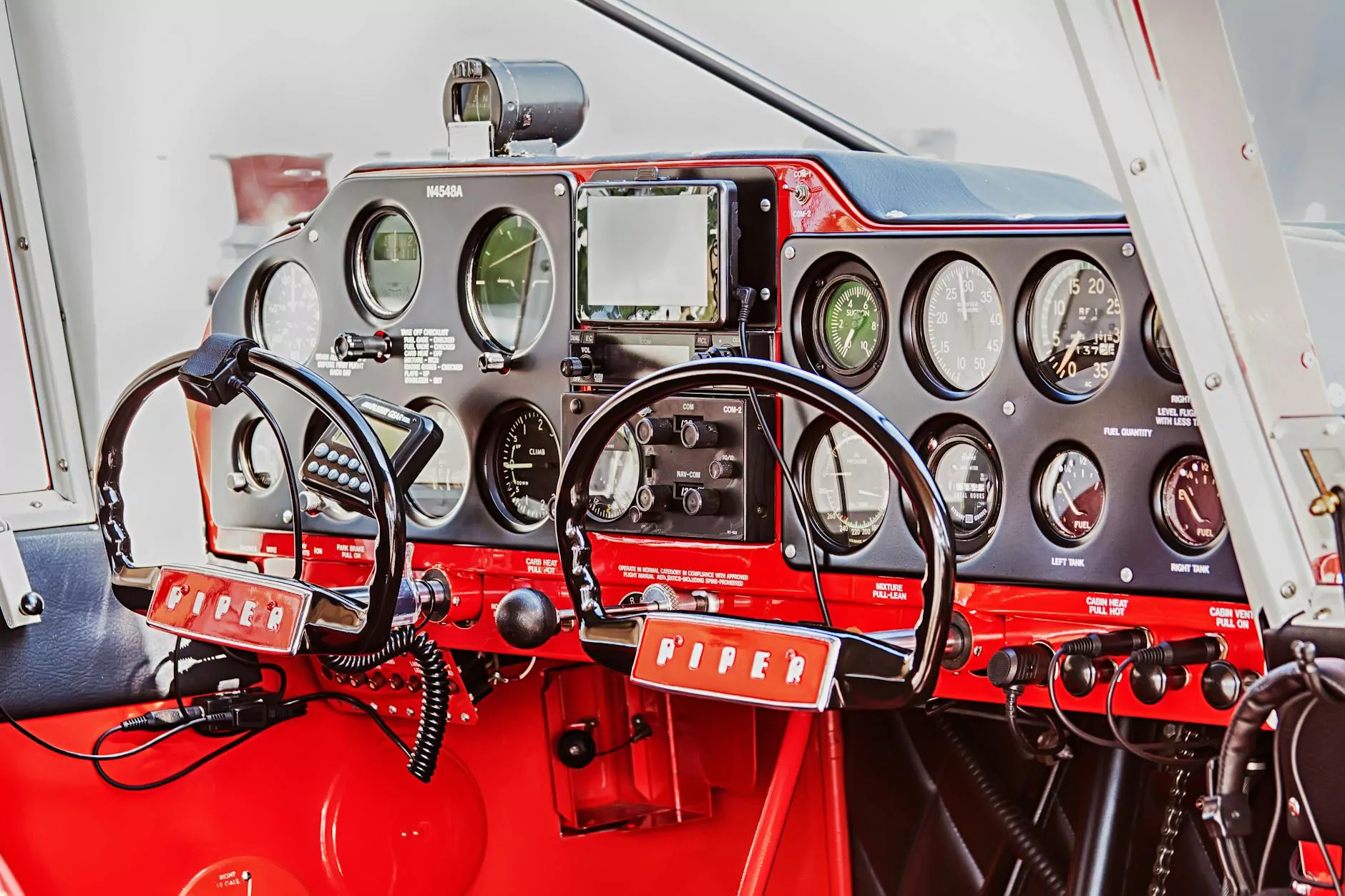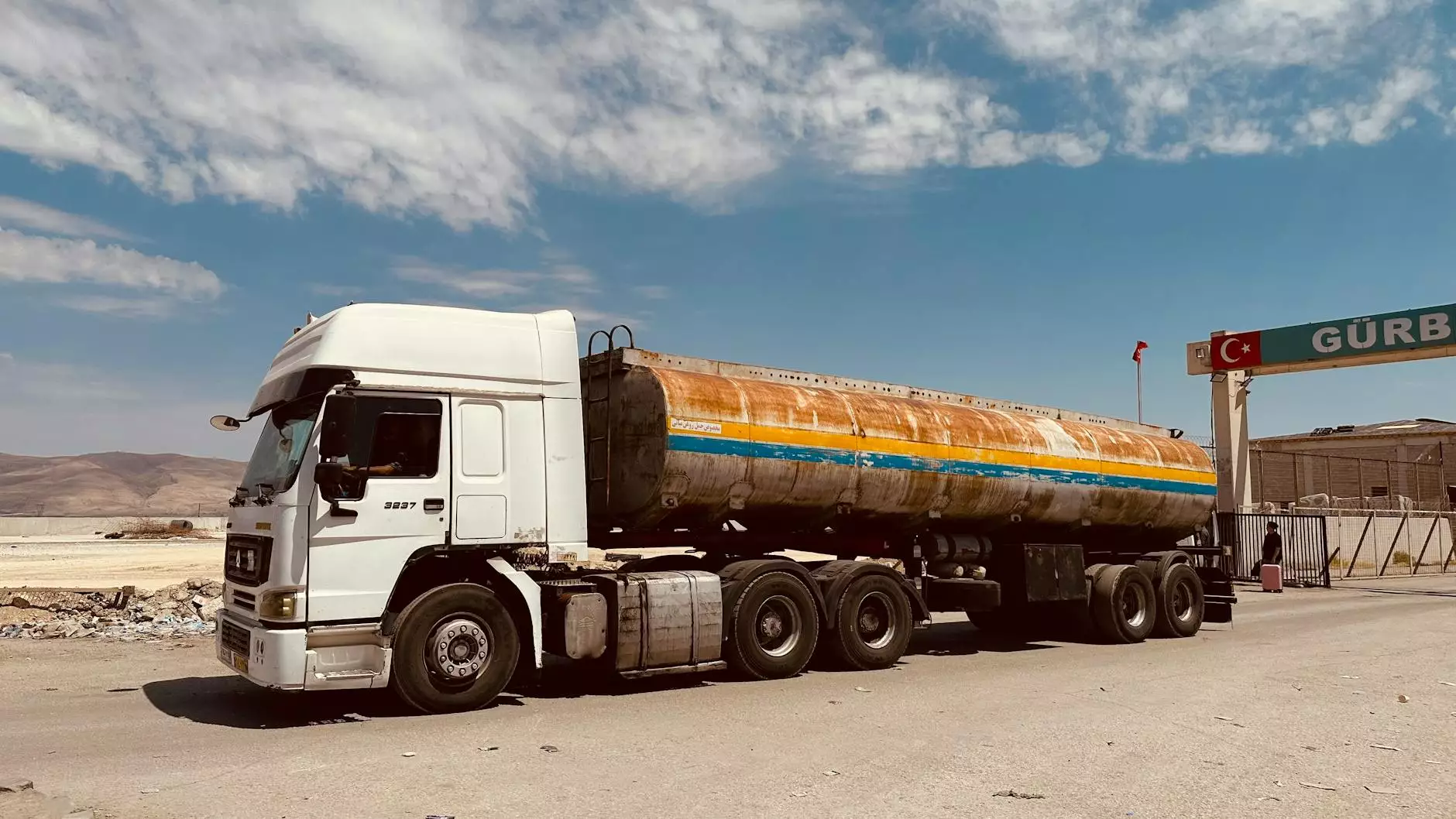Transforming the Electric Utilities Sector: The Power of Drone Data Analysis

In recent years, the electric utility industry has witnessed a significant technological transformation, primarily driven by innovations such as drone data analysis. This groundbreaking technology has enabled electric utilities and energy generation companies to harness data in unprecedented ways, leading to enhanced operational efficiency, improved safety measures, and significant cost savings.
Understanding Drone Data Analysis
Drone data analysis refers to the process of collecting, processing, and interpreting data captured by drones equipped with advanced sensors and cameras. This technology is capable of performing aerial surveys, inspections, and real-time monitoring of infrastructure, thus providing valuable insights to utility operators.
The Evolution of Drone Technology in Utilities
Drones, also known as unmanned aerial vehicles (UAVs), have evolved from simple recreational tools to sophisticated machines used in various industrial applications. Specifically, in the electric utilities sector, their ability to access remote or challenging locations has made them invaluable. The integration of drone data analysis into utility operations has emerged as a game changer by:
- Enhancing Safety: Drones reduce the need for crews to perform hazardous inspections at heights or in dangerous locations.
- Increasing Efficiency: Aerial inspections with drones are quicker than traditional methods, allowing for faster data collection and analysis.
- Reducing Costs: By minimizing labor costs and reducing downtime, drones lower operational expenses significantly.
Applications of Drone Data Analysis in Electric Utilities
The applications of drone data analysis in the electric utilities industry are vast and varied. Here are some key areas where this technology is making a significant impact:
1. Infrastructure Inspections
One of the primary uses of drones is in infrastructure inspections. Utilities often have extensive networks of power lines, substations, and generation facilities that require regular monitoring. Drones equipped with high-resolution cameras can quickly survey vast areas, identifying potential issues such as:
- Corrosion on power poles.
- Vegetation encroachment near power lines.
- Insulation damage on electrical components.
2. Emergency Response and Damage Assessment
In the aftermath of natural disasters, deploying crews to assess damage can be time-consuming and dangerous. Utilizing drones allows utility companies to conduct rapid assessments from the air, providing critical information to support:
- Restoration planning efforts.
- Insurance assessments.
- Public safety measures.
3. Environmental Monitoring
Drones also play a crucial role in environmental monitoring. They can survey wildlife habitats, assess vegetation health, and ensure compliance with environmental regulations, thereby promoting sustainable practices within the utility sector.
4. Construction and Development Projects
During the construction of new facilities or upgrades to existing infrastructure, drones facilitate accurate land surveys and progress monitoring. This ensures that projects remain on schedule by allowing constant aerial oversight and data collection.
Benefits of Implementing Drone Data Analysis
The integration of drone data analysis offers numerous benefits for electric utilities. These benefits can be summarized as follows:
- Improved Data Accuracy: Drones provide high-resolution, real-time data that enhances decision-making and operational planning.
- Faster Turnaround Times: Aerial surveys significantly reduce the time it takes to complete inspections and analyze data.
- Cost Efficiency: Operational costs decrease through reduced manpower and faster data collection processes.
- Enhanced Safety: Drones minimize the risks associated with manual inspections in hazardous environments.
The Role of Software-as-a-Service in Enhancing Drone Data Analysis
As electric utilities increasingly adopt drone data analysis, the need for sophisticated software solutions becomes essential. This is where software-as-a-service (SaaS) providers like Thread.one play a pivotal role.
1. Centralized Data Management
SaaS platforms provide a centralized hub for storing and managing the vast amounts of data generated by drones. This ensures that utility operators can easily access, analyze, and share data with relevant teams.
2. Advanced Analytical Tools
Many SaaS solutions come with integrated analytical tools that allow operators to process drone-captured data. This enables predictive maintenance, trend analysis, and actionable insights that drive operational decisions.
3. Collaboration and Reporting Features
Effective communication is essential in managing utility operations. SaaS platforms facilitate collaboration among various departments by providing real-time updates and report generation capabilities, ensuring everyone is aligned with the latest information.
Challenges in Implementing Drone Data Analysis
Despite its numerous advantages, implementing drone data analysis can present challenges, including:
- Regulatory Compliance: Navigating the ever-evolving regulatory landscape surrounding UAV operations can be complex.
- Data Privacy Concerns: Ensuring the privacy of data collected by drones is critical and must be addressed.
- Training and Skill Development: Utility personnel must be trained to operate drones and analyze data effectively.
The Future of Drone Data Analysis in the Electric Utilities Sector
The future of drone data analysis in the electric utilities sector looks promising. Emerging technologies such as artificial intelligence (AI) and machine learning (ML) are set to revolutionize how utilities analyze and utilize data from drones:
- AI-driven Analytics: AI algorithms can help identify patterns and anomalies in data, facilitating faster and more accurate decision-making.
- Enhanced Predictive Maintenance: Integrating drone data with predictive analytics can help foresee issues before they escalate into significant problems.
- Automation: The way utilities deploy drones for inspections and data collection will become increasingly automated, reducing human intervention and increasing efficiency.
Conclusion: Embracing the Future of Electric Utilities with Drone Data Analysis
In summary, the adoption of drone data analysis in the electric utilities sector is a critical step towards embracing modern technology. With the ability to improve safety, efficiency, and cost-effectiveness, companies are empowered to enhance their operational capabilities. By leveraging SaaS solutions like Thread.one, electric utilities can maximize the benefits of drone technology, paving the way for a more sustainable and efficient future.
Take Action Today
For electric utilities looking to revolutionize their operations, investing in drone data analysis technologies is not just a trend but a necessity. Embrace this innovation and position your company at the forefront of the energy sector. The future is bright, and it begins with intelligent data insights.









